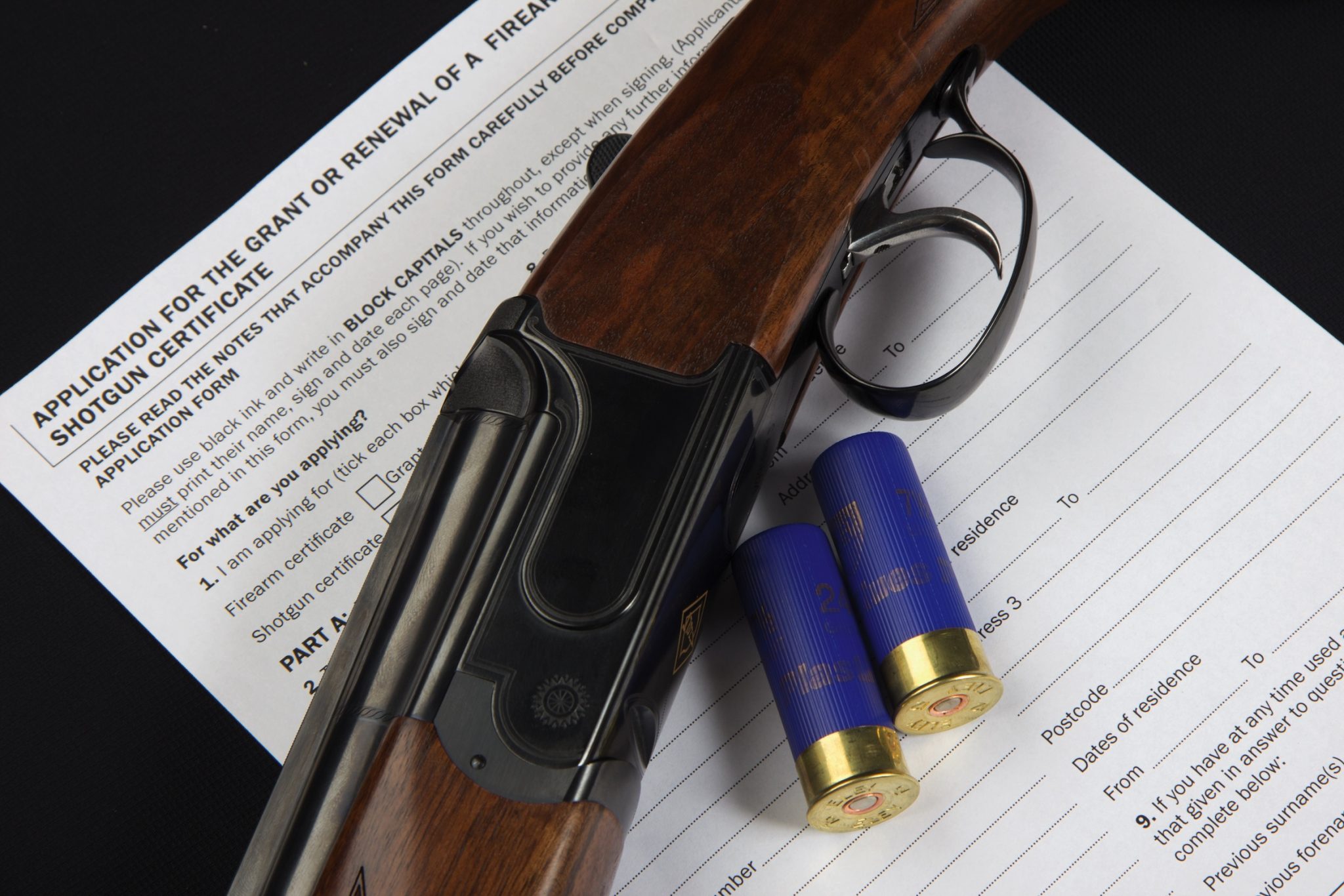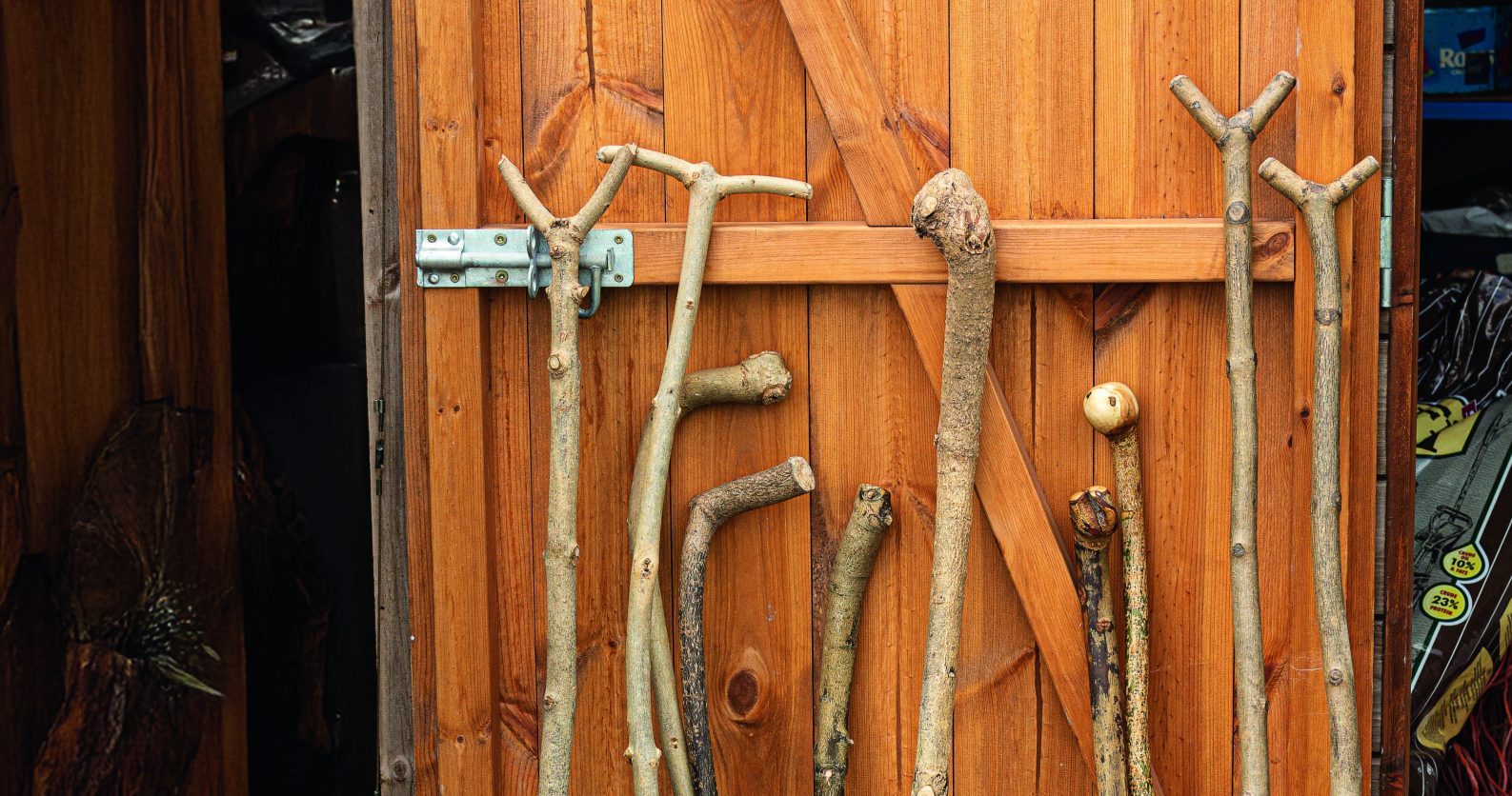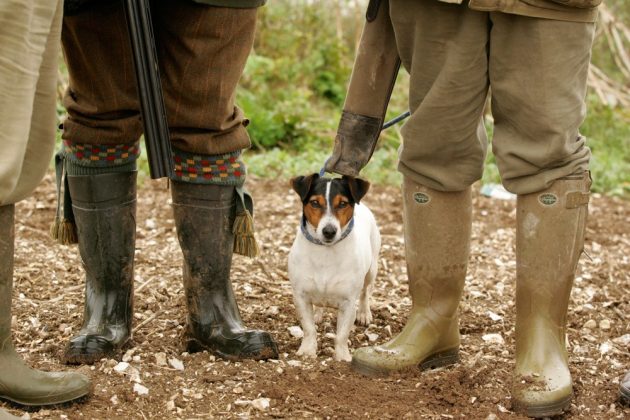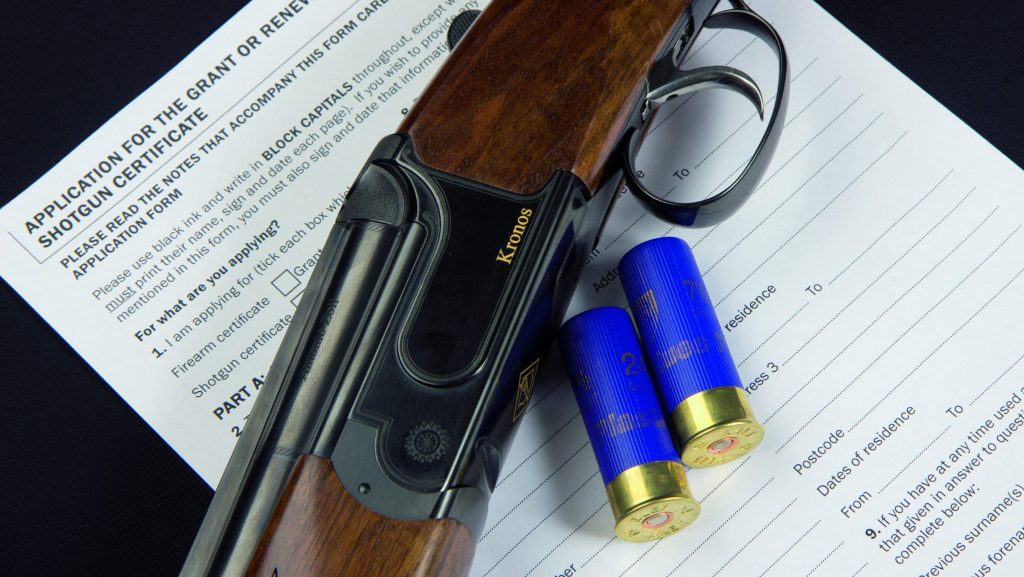Win CENS ProFlex DX5 earplugs worth £1,149 – enter here
The history of the clay target
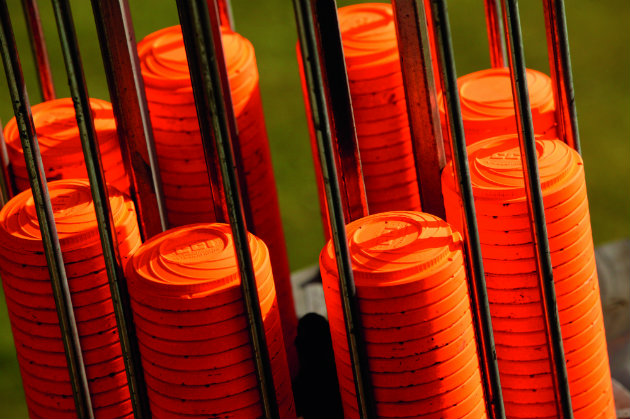
A: The clay target, as opposed to the glass ball that preceded it, was patented in the US in 1880 by George Ligowsky of Cincinnati, Ohio. It was a dome-shaped saucer made, as the name suggests, of clay or terracotta. It was introduced to Britain by 1882, when it was described in The Field as “a simple saucer-shaped piece of brittle crockery, to which a pasteboard handle is cemented and by this handle it is projected from a spring trap and made to skim for about 40 or 50 yards with considerable velocity, somewhat resembling the flight of a partridge”.
The early targets were hard to break and Cogswell & Harrison introduced new ones, made from a composition of limestone and pitch, in England in around 1888.
Related Articles
Get the latest news delivered direct to your door
Subscribe to Shooting Times & Country
Discover the ultimate companion for field sports enthusiasts with Shooting Times & Country Magazine, the UK’s leading weekly publication that has been at the forefront of shooting culture since 1882. Subscribers gain access to expert tips, comprehensive gear reviews, seasonal advice and a vibrant community of like-minded shooters.
Save on shop price when you subscribe with weekly issues featuring in-depth articles on gundog training, exclusive member offers and access to the digital back issue library. A Shooting Times & Country subscription is more than a magazine, don’t just read about the countryside; immerse yourself in its most authoritative and engaging publication.



